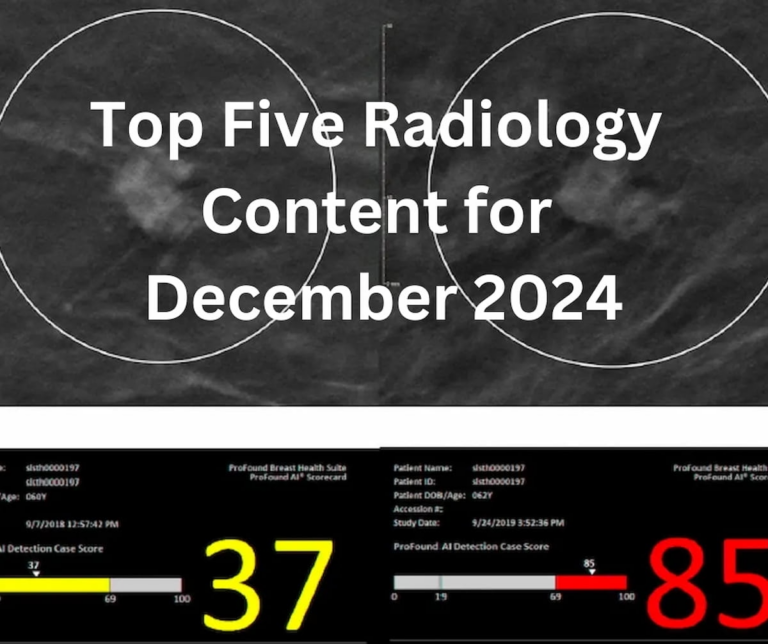
Over time, my closet mysteriously became stuffed with an ever-increasing assortment of party games. It caught me by surprise, as I can’t pinpoint exactly when this collection began to balloon. Interestingly, most of these games remain untouched. Beyond just the sheer number of games, there’s been a noticeable leap in creativity and enjoyment levels. The games I used to play years ago seem mundane when compared to the contemporary offerings.
Despite the evolution of games, certain questions from older ones linger in my mind. I vaguely recall a game from that period that posed a profound philosophical question: Would you prefer a life marked by dramatic highs and lows, akin to an unpredictable roller coaster, or one characterized by more consistent, gentle fluctuations with fewer extreme events? To me, the answer was straightforward. Some individuals seem to thrive amidst the highs and lows, but even keeping up with their tumultuous lives can be exhausting. Embracing such a lifestyle often appeared synonymous with chaos. Even with a determined focus on long-term goals, unpredictable circumstances might constantly throw you off track.
As a medical doctor, my perspective might be predictable. The path to such a career demands thorough planning and execution, from extensive post-secondary education to the rigors of postgraduate training. Many of my medical peers, including myself, typically prefer stability over volatility in our professional lives. For instance, I’d rather have an uneventful ICU call shift than be overwhelmed by emergencies and new patient admissions.
There’s a twist, however. My chosen area in radiology actually thrives on a more fluctuating compensation model, and I find myself enjoying this dynamic. Throughout the past twenty years, I’ve held various jobs with differing approaches to compensation. I’ve experienced everything from a fixed salary devoid of bonuses to situations where bonuses were promised but never materialized. More recently, I’ve found myself in per-click compensation roles, where earnings are determined by how many cases I review, rather than a set monthly salary.
A straightforward salary model offers predictability; every paycheck arrives as expected with minimal surprises unless significant changes arise within the organization. A graph illustrating this type of income over time would appear smooth—almost a straight line.
Conversely, the per-click model brings monthly variations, influenced partially by the number of days one works each month. Taking a week’s vacation could reduce your monthly productivity. Personal factors, like one’s mood and health, and external ones, such as technical issues or unexpected disruptions, also play a role in performance on any given day. While these might balance out over time, they can be quite significant in the moment.
While some might shy away from the jagged nature of compensation tied closely to productivity, I embrace it. One reason is that I live fairly comfortably within my means. Thus, even in months when earnings dip, I’m not stressed about meeting financial obligations. Furthermore, I enjoy continuously reevaluating my situation, a skill I believe everyone should hone. At my current job and with my previous employer, adapting to the systems, workflow, and software offered a learning curve. Witnessing a steady climb in my productivity was rewarding, not just for the financial gains but for the sense of personal growth and increased capability.
The learning process has taught me what contributes to better performance. On particularly productive days or months, I can identify what made those periods successful and strive to replicate that. Conversely, I can pinpoint reasons for downturns and make necessary adjustments.
Of course, this preference for variability in compensation isn’t universal. Some individuals favor stability over fluctuation, understandably avoiding per-click jobs. Yet, there are ways to reduce the volatility of compensation, such as hybrid models combining salary and productivity-driven earnings. By increasing the salary component, you achieve a smoother income curve. Alternatively, converting productivity bonuses into less frequent annual events can offer more financial predictability.
Another concept, though not specifically prevalent in radiology, is the “moving average.” Borrowed from finance, this would involve averaging one’s output over a longer period, say three months, and basing compensation on that average. Such a system would smooth out the earnings curve, providing employees with consistent feedback and incentives without the stress that comes from monthly fluctuations. This approach could offer a reassuring cushion, blending the benefits of performance-based incentives with a touch of stability.


